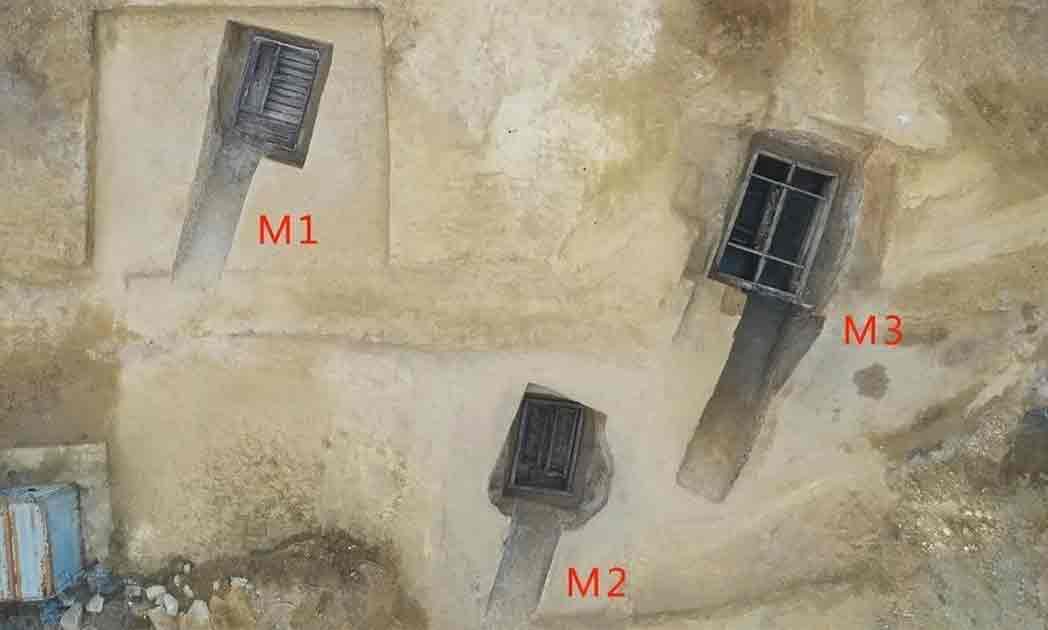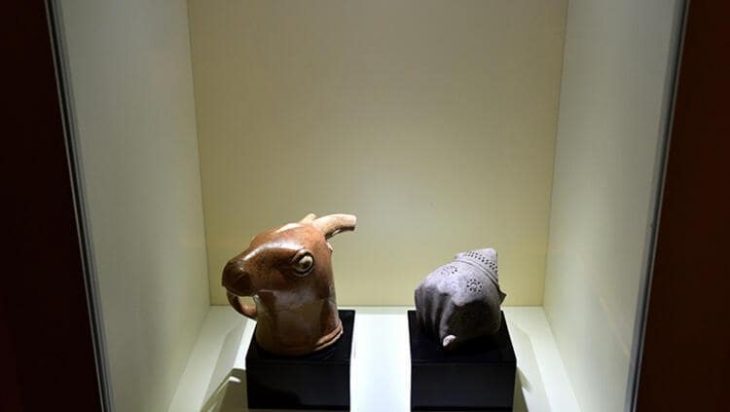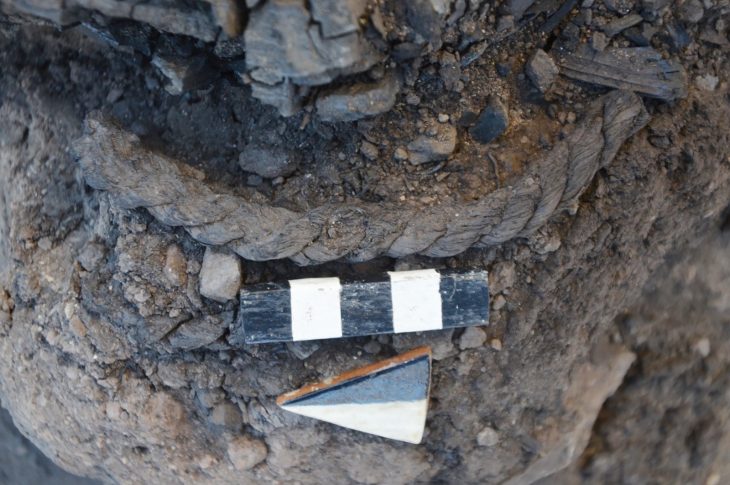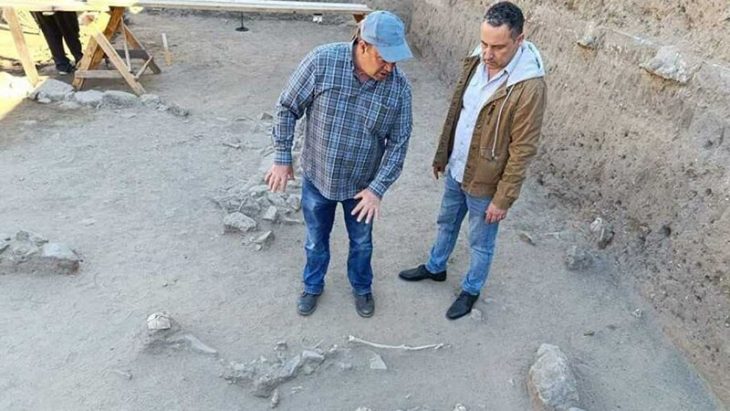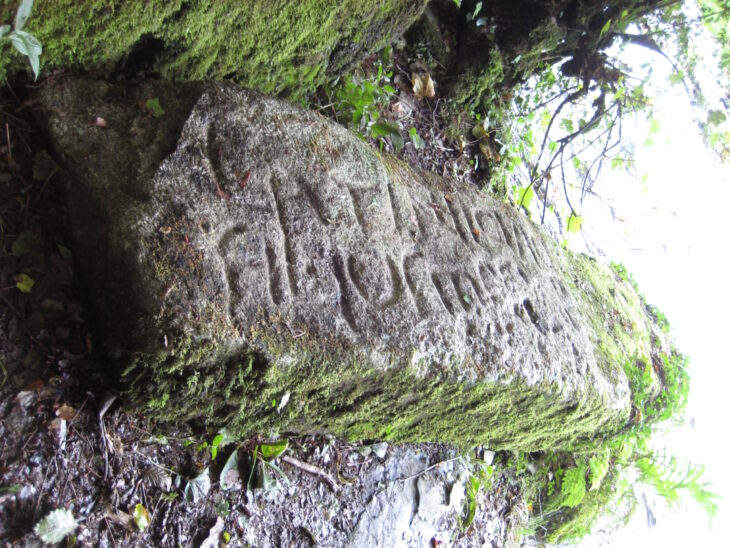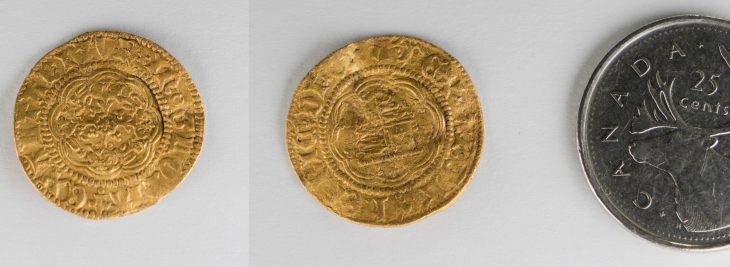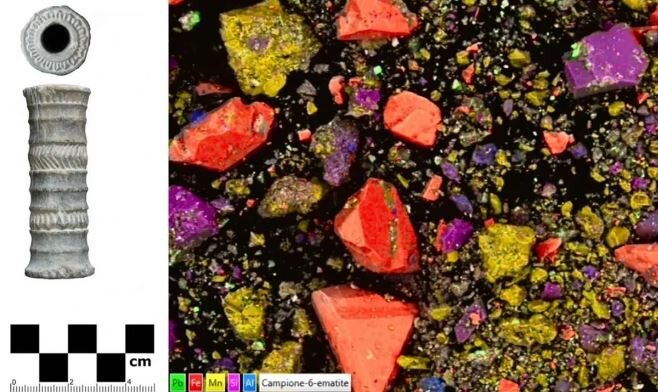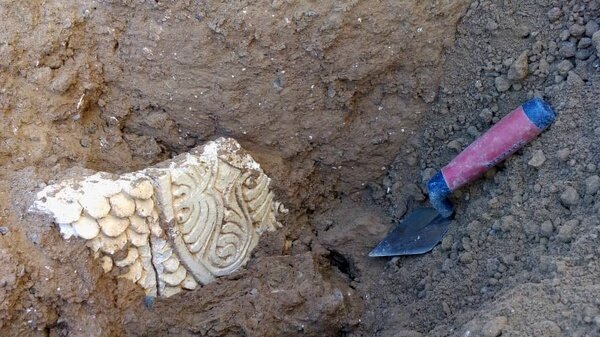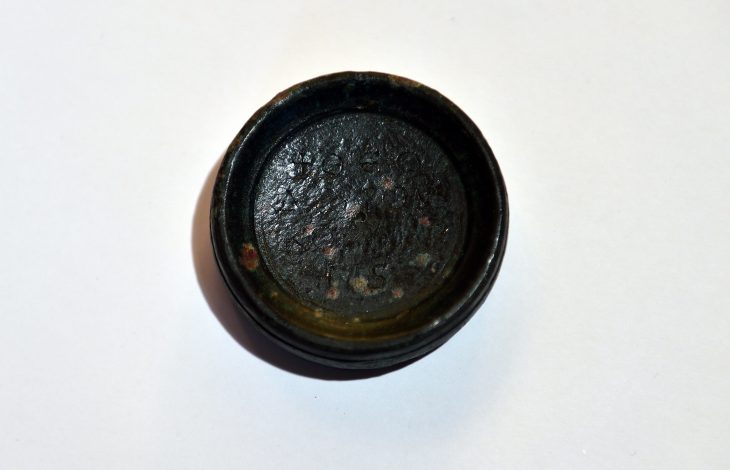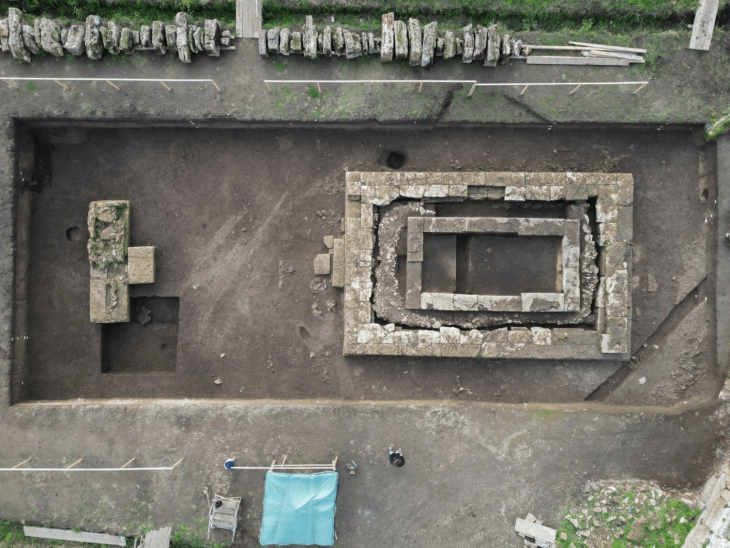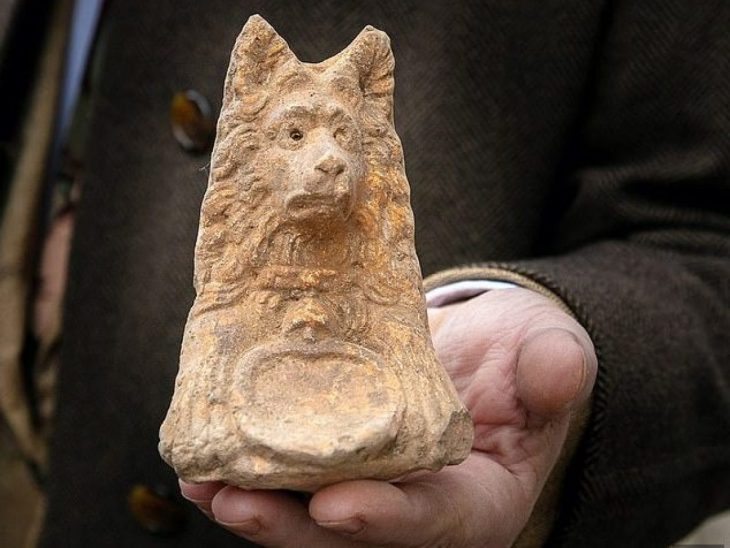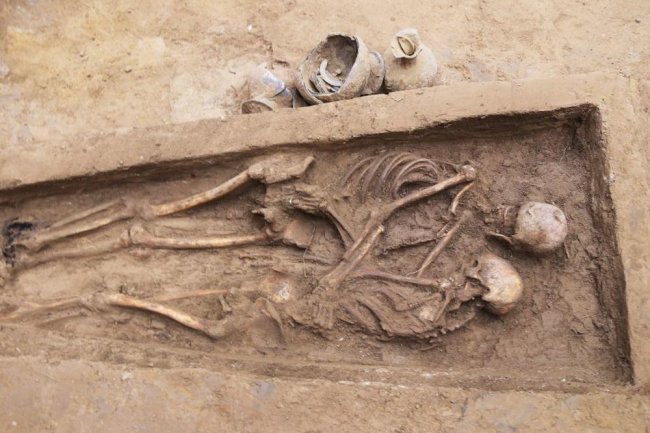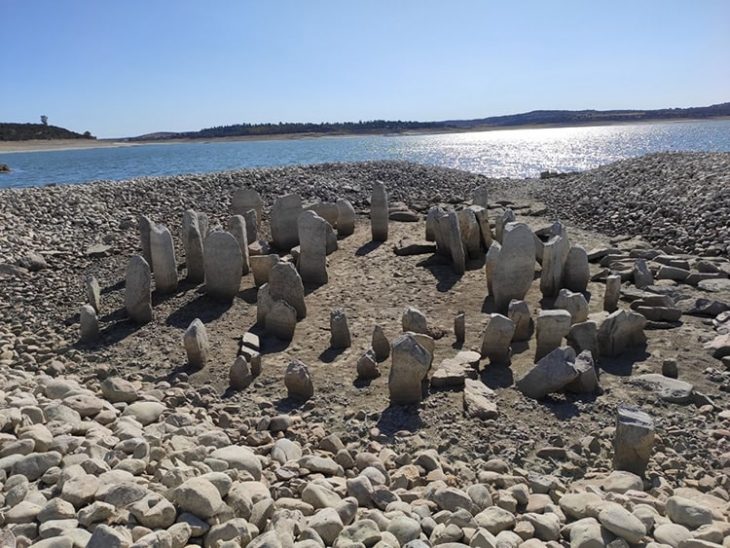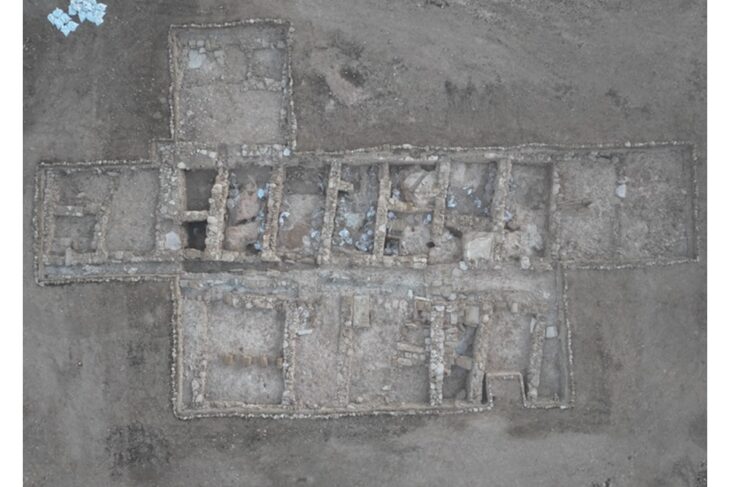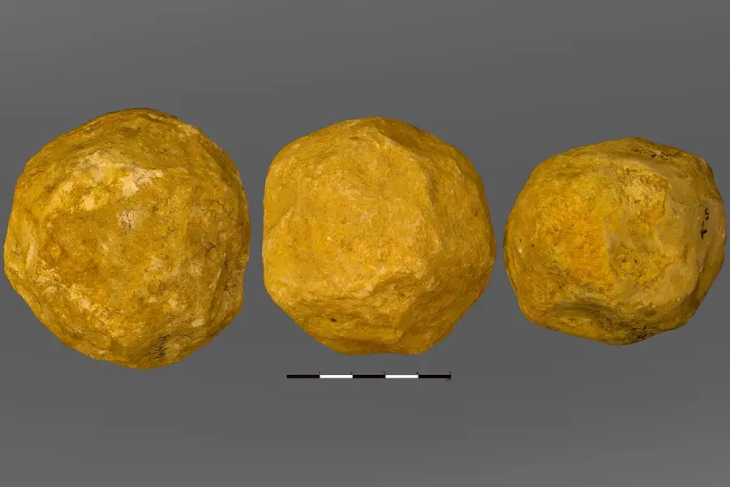Archaeologists discovered three remarkable 1,800-year-old, residential-style tombs featuring rooms and windows, where a wealthy family was laid to rest alongside their treasured possessions, in Rizhao, China.
The tombs are thought to date to the Han Dynasty, which ruled China between 206 B.C. and A.D. 220—what is considered to be a golden age in Chinese history.
The tombs, which are from the Han dynasty, were discovered by archaeologists in Rizhao, China, while they were getting ready for a park expansion. But the archaeologists weren’t actually the first to find the tombs; looters had previously discovered at least portions of them at some point, largely clearing out two of the tombs, while leaving the third relatively undisturbed.
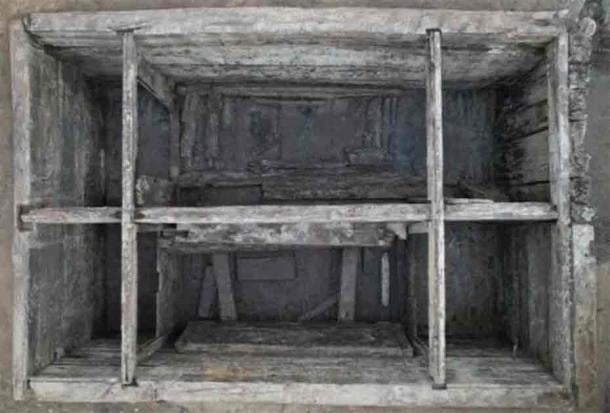
According to a statement translated from the Institute of Archaeology of the Chinese Academy of Social Sciences, apart from the 70 artifacts constituting the family treasure in the third tomb, it is the tomb design that makes the tombs so fascinating. These are residential-style tombs, featuring doors and windows, with one containing multiple interconnecting rooms.
Two of the tombs contained inscriptions of the Huan surname, showing the distinct familial connection between them. Also, a bronze seal found in the tomb bears the name “Huan Jia”—revealing the identity of the owner.
📣 Our WhatsApp channel is now LIVE! Stay up-to-date with the latest news and updates, just click here to follow us on WhatsApp and never miss a thing!!
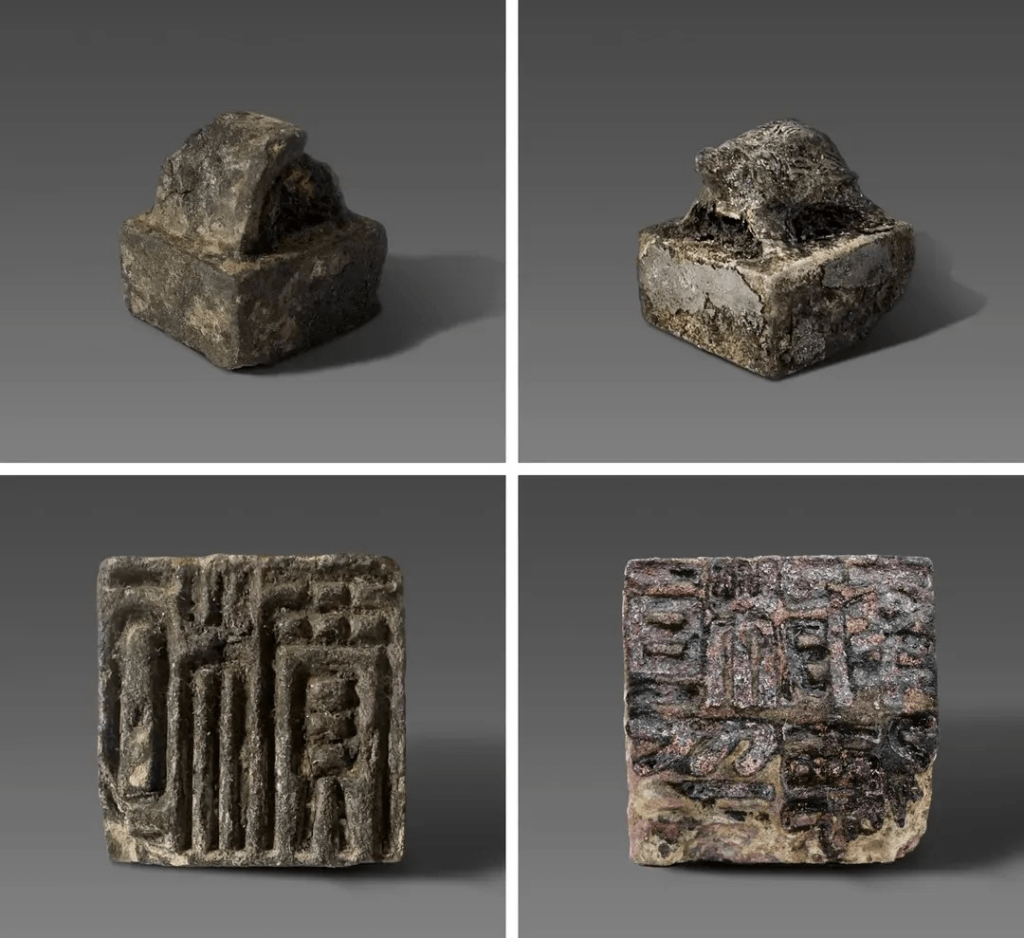
Experts say the tombs, accessed through passageways, share a similar design. The most intact tomb, known as M3, includes interconnected rooms with wooden windows and doors, suggesting it may have been the final resting place of a married couple.
The third tomb, known as M3 and believed to contain a married couple, had all its treasures intact. This tomb consisted of two rooms connect by a doorway. The miniature wooden doors and windows in this tomb that linked the two rooms were supposed to imitate a residential style, according to archaeologists.
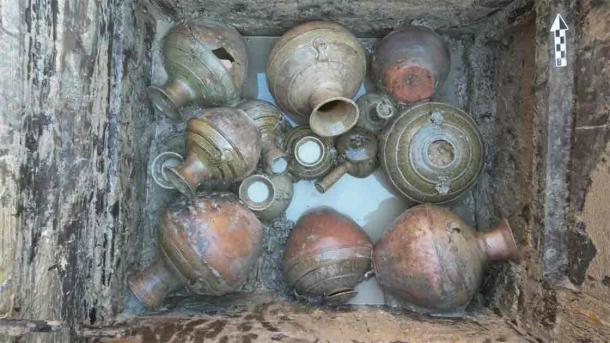
The 70 artifacts recovered from the tomb complex so far suggest that this was a high-status, wealthy family. These include an iron sword, bronze mirrors, and a variety of pottery.
In a distinctly unusual discovery, the team also located pieces of a coffin carriage, which was used to transport coffins into the tomb. The archaeologists described it as “exquisitely crafted and an uncommon find.”
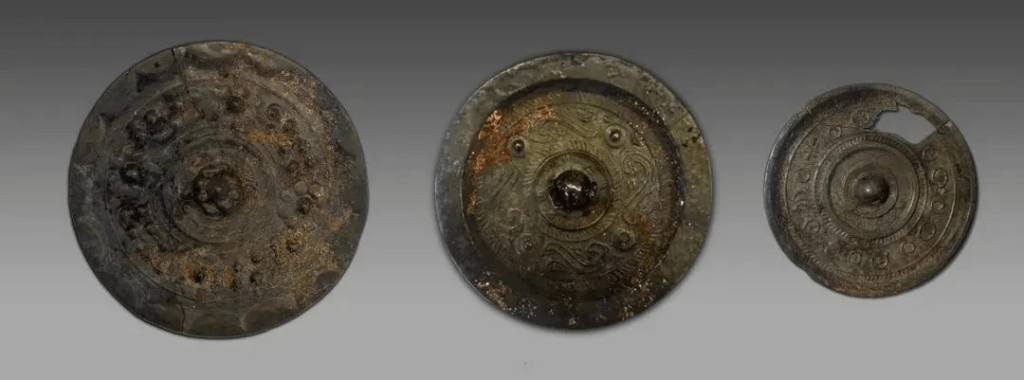
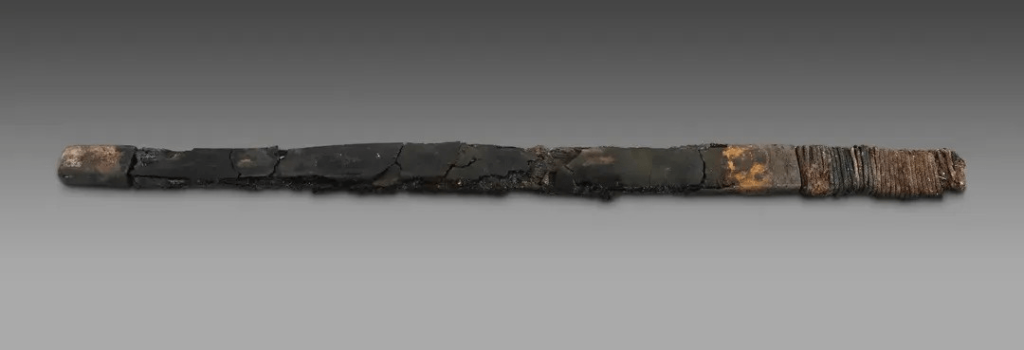
Moreover, it is extremely uncommon to discover a family name connecting the tombs. The basic design of the tombs is also the same, with a sloping entrance tunnel that leads to each chamber located deep within the mound. Brick-carved arches, doors, and windows played heavily, and murals featured flora patterns and figures.
Institute of Archaeology at the Chinese Academy of Social Sciences
Cover Photo: Institute of Archaeology at the Chinese Academy of Social Sciences.

